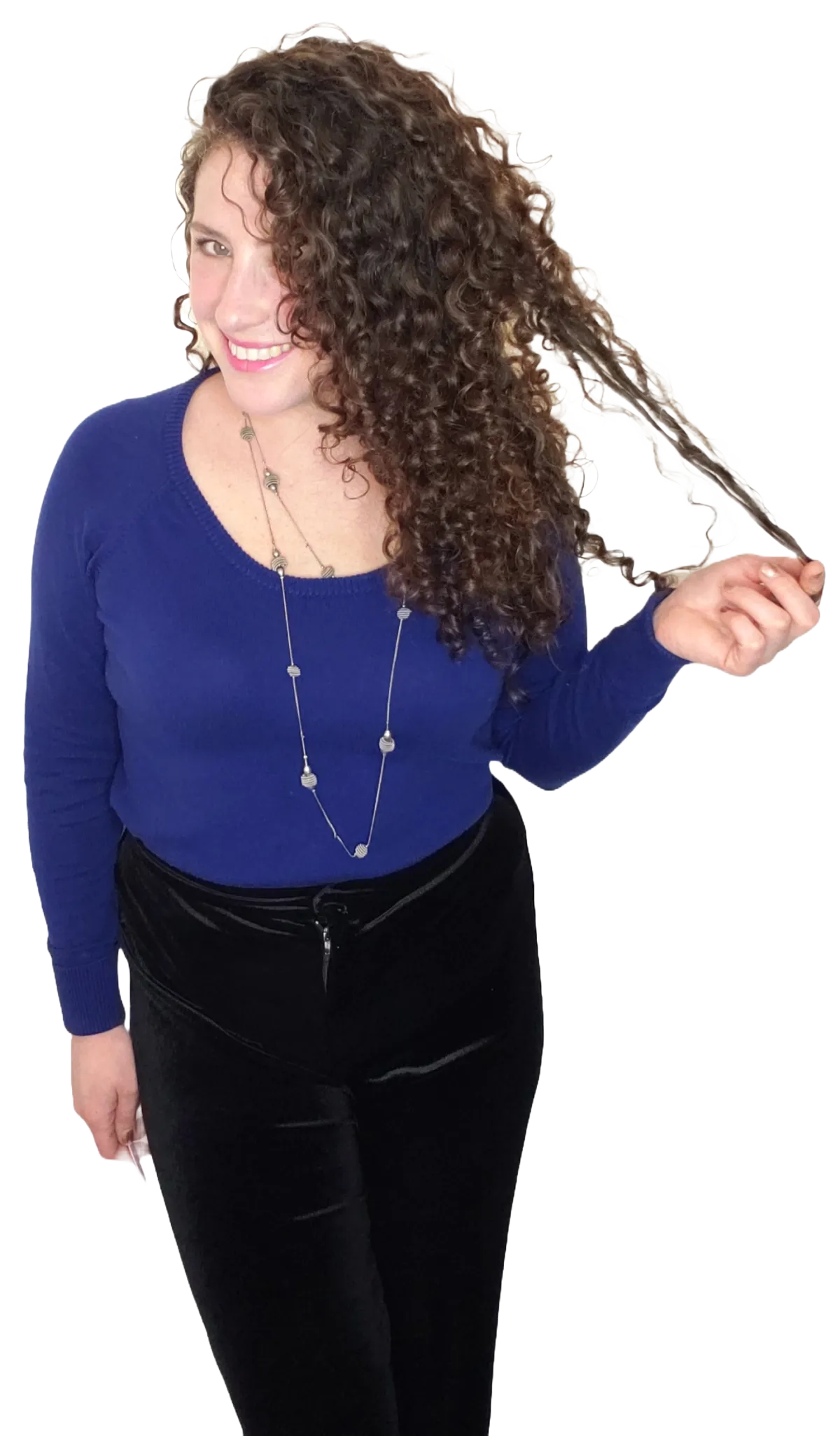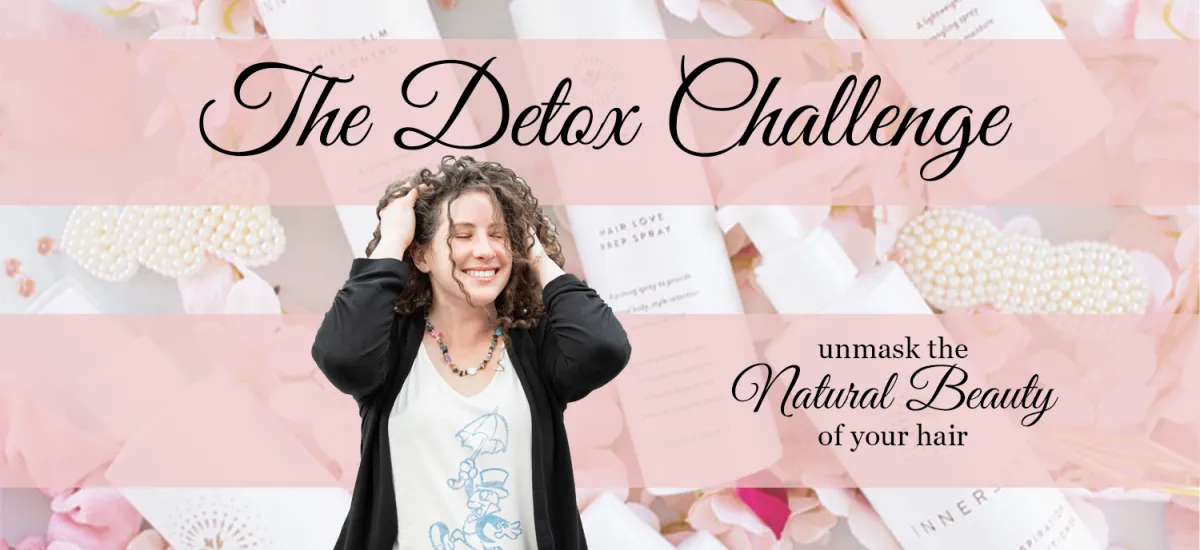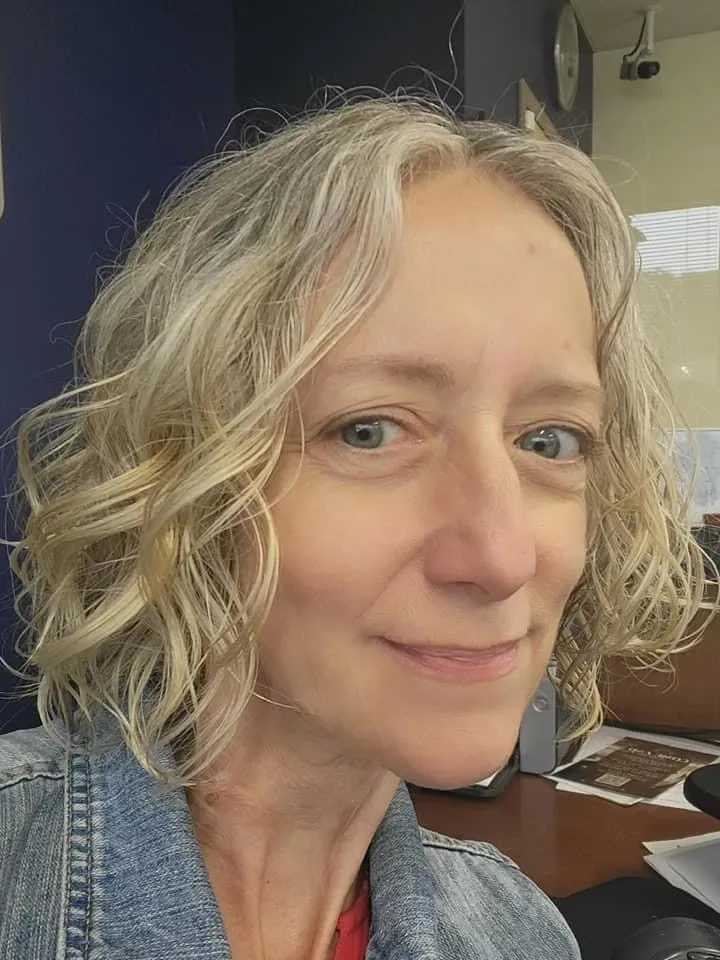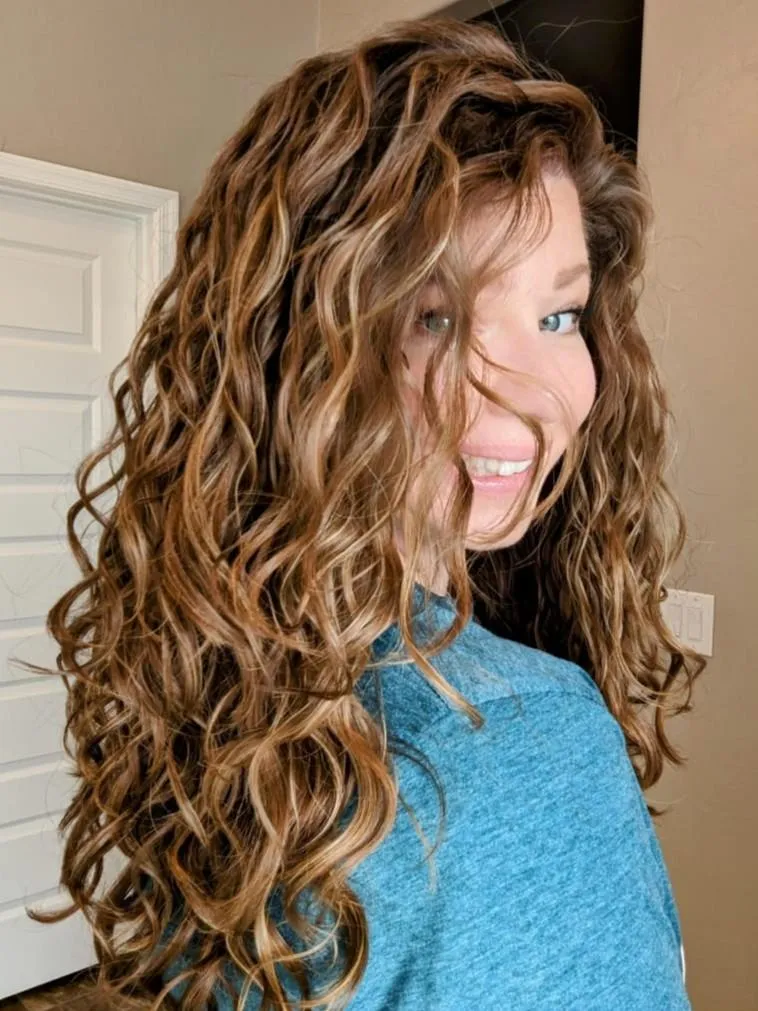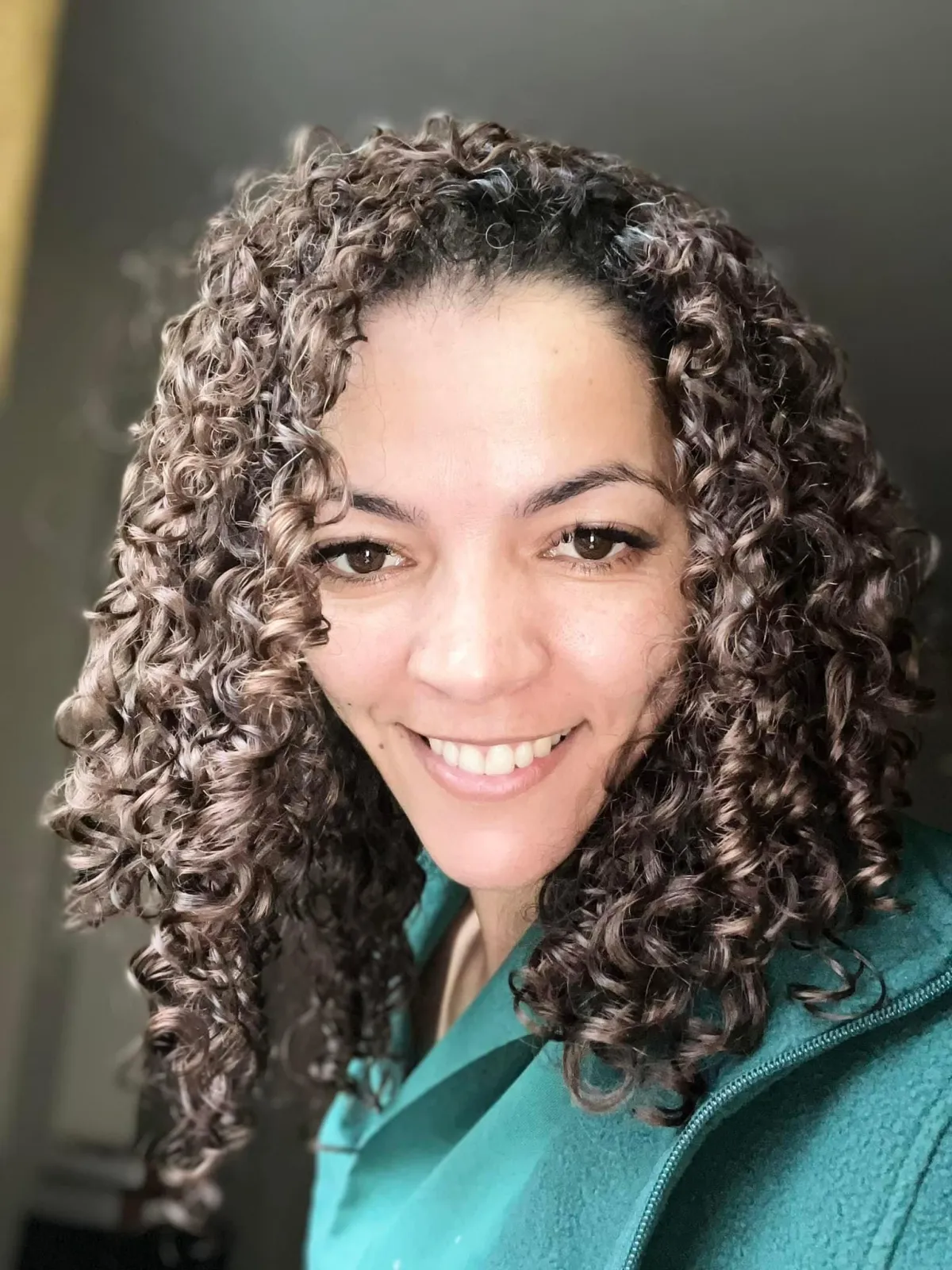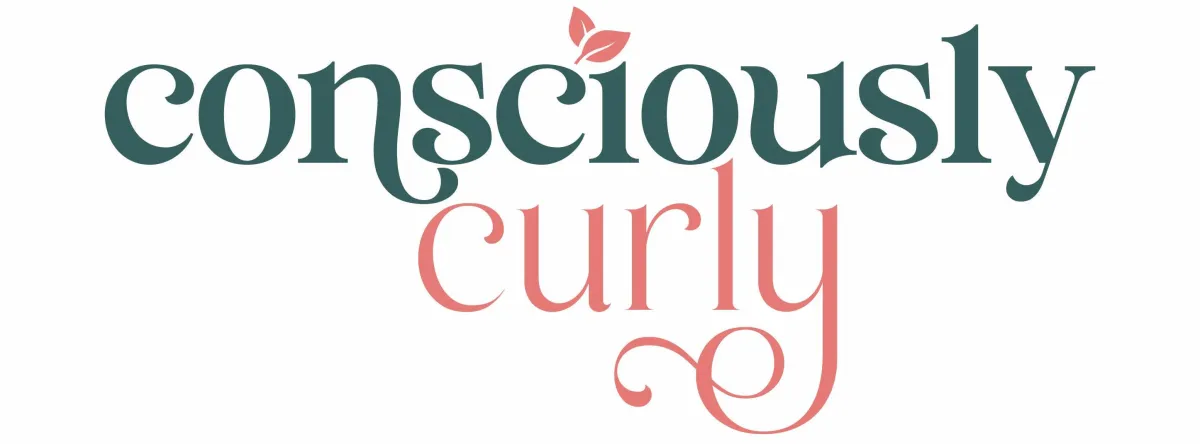Consciously Curly
@curliestgirlintheworld
Curly Connections
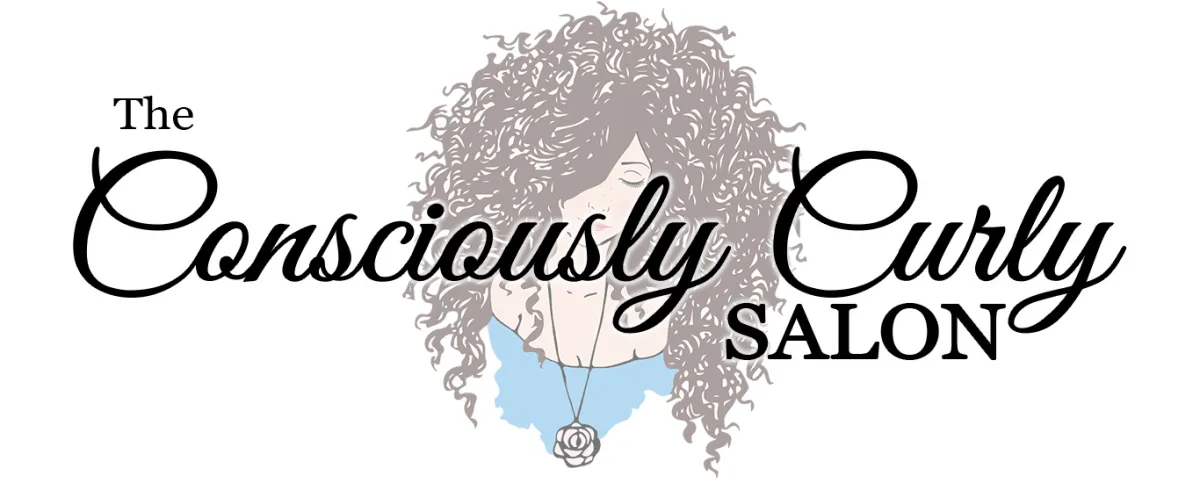
Our hair is more than just texture or style—it’s a sacred expression of our identity, our lineage, and our truth. For too long, women have been taught to tame, fight, or hide their curls. Here, we rewrite that story.
Rooted in non-toxic, clean beauty and grounded in love for natural texture, we treat beauty as ritual and self-care as sacred. Every client leaves not just with a
new look, but with new love, confidence, and respect the woman they see in the mirror.
THE BOOKS ARE OFFICIALLY OPEN FOR SALON APPOINTMENTS IN SARATOGA SPRINGS, NY STARTING AUGUST 2025!
I also have online programs
Now Enrolling!
Innersense Detox Challenge
LIVE MAY 2025!
The Detox Challenge is LIVE fright now, and you can join this years wave of women who are breaking the conventional cycle, detoxing their hair from built-up compounds, and healing the decades of damage that they have been causing.
This challenge is an opportunity to give yourself a clean slate and to discover the best hair of your entire life.
In just 30 days. You deserve that.
Uncover the healthiest hair of your life!
Join this years wave of women who are breaking the conventional cycle, detoxing their hair from built-up compounds, and healing the decades of damage that they have been causing.
This challenge is an opportunity to stop the curly struggle, give yourself a clean slate, star understanding what your hair truly needs to thrive.
In just 30 days. You deserve that.
Let's find you the right products.
Sales and Discounts
A comprehensive list of our community discount codes and any sales I find from retailers I trust.
Find The Right Curly Products
Browse through my recommendations by product type, hair type, goals, frustrations, and so much more!
Living Less Toxic
This is the journey that starts with your hair and grows in your soul. When you start to feel the urge to bring a non-toxic approach to the rest of your life, start here:
Consciously Curly
@curliestgirlintheworld
Curly Connections

